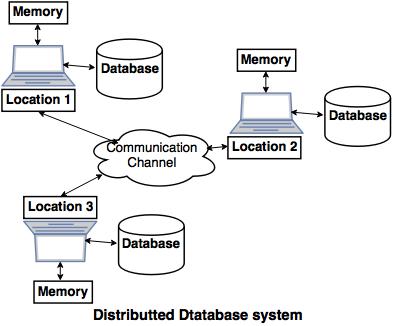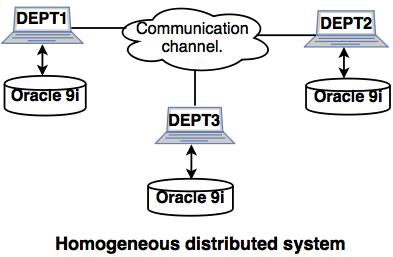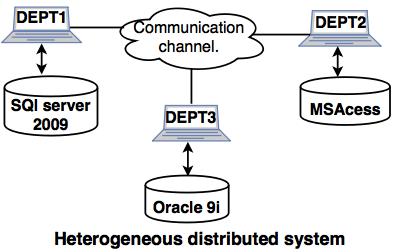Distributed Databases Tutorial
Distributed Databases system was developed to improve reliability, availability and performance of database.
Distributed Databases Tutorial
Learn the concepts of Distributed Databases with this easy and complete Distributed Databases Tutorial. This tutorial discusses the architecture, framework, features, functions and principles of Distributed Database Management System. Everything here is explained with examples and diagrams to make it easy to understand.
Beginners, freshers, BE, BTech, MCA, college students will find it useful to develop notes, for exam preparation, solve lab questions, assignments and viva questions. Who is this Distributed Databases Tutorial designed for?
This tutorial is specially designed for beginners who want to learn, practice and improve their Database Management skills. What do I need to know to begin with?
Distributed Databases is a sub-system of DBMS. A good knowledge of DBMS is very important before you take a plunge into this topic. Distributed Databases syllabus covered in this tutorial
This tutorial covers, Distributed DBMS Architecture, Fragmentation, Data Replication, Recovery
What are distributed databases?
- Distributed database is a system in which storage devices are not connected to a common processing unit.
- Database is controlled by Distributed Database Management System and data may be stored at the same location or spread over the interconnected network. It is a loosely coupled system.
- Shared nothing architecture is used in distributed databases.

- The above diagram is a typical example of distributed database system, in which communication channel is used to communicate with the different locations and every system has its own memory and database.
Goals of Distributed Database system.
The concept of distributed database was built with a goal to improve:
Reliability: In distributed database system, if one system fails down or stops working for some time another system can complete the task.
Availability: In distributed database system reliability can be achieved even if sever fails down. Another system is available to serve the client request.
Performance: Performance can be achieved by distributing database over different locations. So the databases are available to every location which is easy to maintain.
Types of distributed databases.
The two types of distributed systems are as follows:
1. Homogeneous distributed databases system:- Homogeneous distributed database system is a network of two or more databases (With same type of DBMS software) which can be stored on one or more machines.
- So, in this system data can be accessed and modified simultaneously on several databases in the network. Homogeneous distributed system are easy to handle.
Example: Consider that we have three departments using Oracle-9i for DBMS. If some changes are made in one department then, it would update the other department also.
 2. Heterogeneous distributed database system.
2. Heterogeneous distributed database system.- Heterogeneous distributed database system is a network of two or more databases with different types of DBMS software, which can be stored on one or more machines.
- In this system data can be accessible to several databases in the network with the help of generic connectivity (ODBC and JDBC).
Example: In the following diagram, different DBMS software are accessible to each other using ODBC and JDBC.



